Just like we’re never 100% sure when kids will take their first step, we also can’t name the time and place when students will read their first word. But there ARE four signs kids are ready read…
Dive into the 4 signs below and then request an invite to my 4 week course, The Reading Roadmap, so you can get my ready-to-deploy system for building rock solid readers.
The four clues kids give are called “pre-reading skills” and they are:
- Motivation
- Print Awareness
- Letter Recognition
- Phonological Awareness
What do those funny terms mean in real world language? And how can you teach them to kids? Let’s look at them more closely one by one.
#1 Sign Kids Are Ready to Read: Motivation
The first sign kids are ready to read is their motivation. And it’s at the top of our must-have list for a reason! Children need to be interested in reading before they will put forth the effort to learn how to do it.
Gathering books on topics children enjoy and making story time a special chance to relax are two quick ways to increase their motivation. (These gorgeous classroom libraries would inspire plenty of reading too.)
You can also boost motivation by building kids’ reading confidence! My favorite way to to do that takes absolutely zero prep time. Not many teaching tricks can promise THAT, right?!
Instead of calling students by their names, call them “readers” instead. For instance, when it’s time to line up at the door for recess, announce, “Readers, please put on your jackets and get in line so we can head out to recess.”
Or when you’re reading with a student one-on-one say, “Wow! You are such an amazing reader. You used those picture clues to make great guesses about what the words say.
Just like a hypnosis recording would repeat the same phrase over and over again, by calling students “readers” every chance you get, kids will start to see themselves as readers whether or not they can sound out words yet.
And having more confidence that they can actually read will build their motivation too!
I share more simple but powerful tricks for building students’ motivation inside my 4 week teacher training, The Reading Roadmap, so make sure to join the waitlist if you’re interested in learning more.
Print Awareness
Our next sign kids are ready to read is print awareness. That just means understanding what readers are actually doing. For instance, if a child has print awareness she will be able to point to the cover of a book, show you how to turn a page when you finish reading the words, and hold the book so that it faces the correct direction.
Students don’t need to be able to actually sound out words on their own, but they should grasp the concept.
My favorite way to help kids improve their understanding of print awareness is to think out loud.
Pick just 1 or 2 skills to focus on at a time – it might be reading left to right across the page or maybe it’s knowing the difference between a letter and a word…
Then introduce a read aloud book to the class and explain that as you read, you’re going to be thinking out loud so they can hear what’s happening in your brain as you go along.
And then do it! As you read through the book, think out loud and show the kids how you’re applying your focus skill while you read.
For example, if you’re working on pointing underneath each word, talk about how your finger is moving along with the words as you read them.
Or if you’re talking about using picture clues to figure out what’s happening, tell them what you think the story might be about when you’re looking at the illustrations.
Thinking out loud is a really simple but incredibly effective way to build print awareness because students hear the step-by-step of what goes on in a strong readers’ brain.
You’ll find a sample thinking out loud training video inside The Reading Roadmap!
Letter Recognition
Letter recognition is our next sign kids are ready to read! Before children start sounding out words on their own, they can typically name the letters they see: “That is a B. That is an O.”
At this stage, they don’t need to know EVERY letter but they should be able to name a handful to show that they understand the concept of what a letter is.
Since the best learning happens when children are playing, you can help kids recognize letters with a batch of print-and-play alphabet game like these ones.
(You can grab hundreds of other done-for-you literacy centers and teaching tools inside The Reading Roadmap!)
Phonological Awareness
The last sign that kids are ready to read is phonological awareness which is just a fancy way of saying that children need to be able to hear the sounds in words. For example:
1. Do “cat” and “dog” rhyme? Answer: No, they do not end with the same sound.
2. What is the first sound in the word “rabbit”? Answer: /r/.
3. How many syllables do you hear when you clap out the word “rodeo”? Answer: Three /ro/ /de/ /o/.
There are actually five major phonological awareness skills:
- Rhyming
- Syllable segmenting
- Sentence segmenting
- Isolating phonemes
- Swapping phonemes
Rhyming is usually the first one that pops into people’s minds. Rhyming means words that end with the same sound like cat, hat and sat or dog, hog and bog.
Segmenting sentences is our next phonemic awareness skill. ”Segmenting” just means breaking into parts. So for this skill, kids need to break a sentence into words. For instance, if I said “The car is blue” a child would tell me that there are 4 parts: The, car, is, blue.
Similar to segmenting sentences, syllable segmenting means breaking something into pieces. But this time, instead of breaking up a sentence, kids are breaking apart a word. The word “elephant”, for example, has three parts: /el/ /e/ /phant/.
Isolating phonemes means hearing the individual sounds in words. For this skill, I might ask a child to tell me the first sound in the word dog which would be /d/. Or I might ask her to name the middle sound in the word cap which is /a/.
And finally, our last major phonemic awareness skill is swapping out phonemes. Since phonemes are the individual sounds in words, to practice swapping phonemes, I might ask a child to change the /c/ in “cat” to /b/ to make a new word. (Bat) Or I might say, “Change the /g/ in ”pig” to a /t/. (The new word would be pit.)
I know that’s a lot packed into just one pre-reading skill! Thankfully, there are so many fun ways to boost students’ phonological awareness. I break down my favorites (and give you dozens and dozens of print-and-play centers that teach these skills!) inside The Reading Roadmap so make sure to join the waitlist if you’d like everything you need in one spot.
Join the Reading Roadmap
These 4 signs kids are ready to read are just the tip of the iceberg to the teaching training, tools and support waiting for you in my four work teacher training, The Reading Roadmap!
You’ll receive my time saving reading assessments, hundreds of print-and-play centers, step-by-step lesson plans and so much more.
I’m so proud to give you access to the easy-to-use system that I know without a doubt will help you become a rockstar reading teacher.
Enrollment only opens up twice and year so be sure to join the waitlist so you’re the first to know when the next round kicks off!


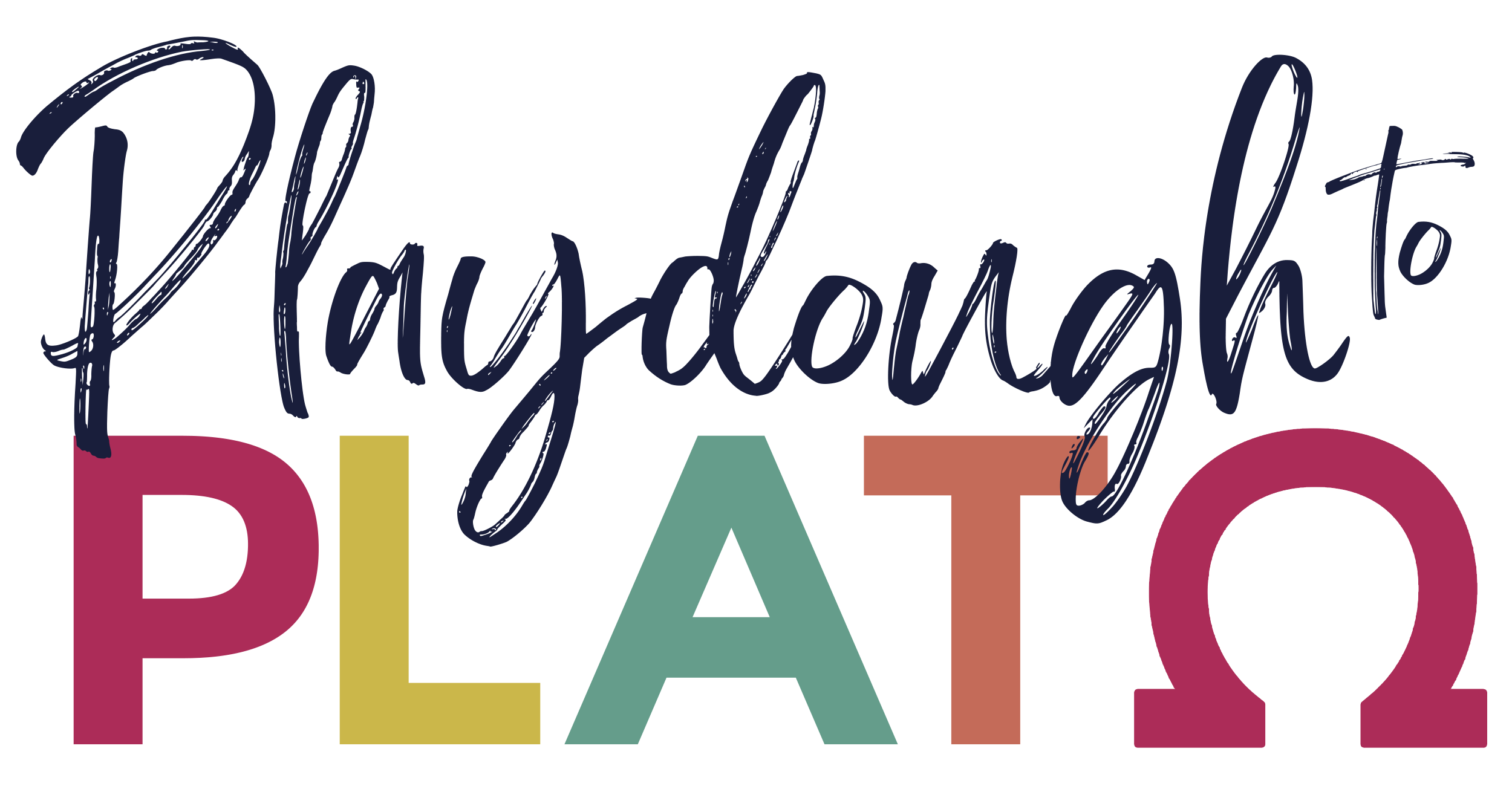
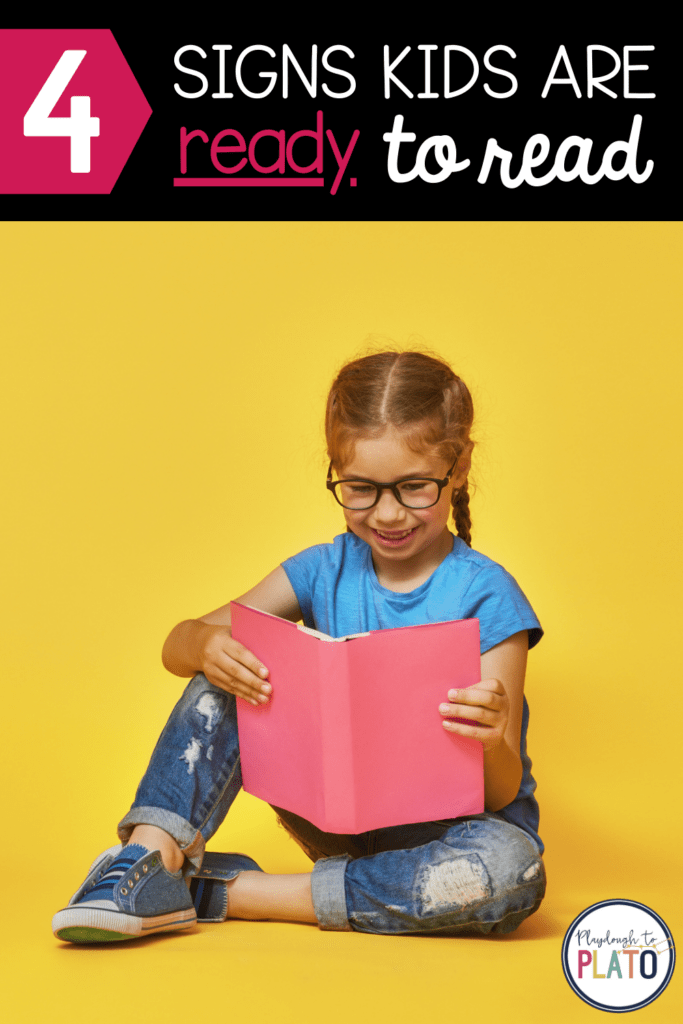

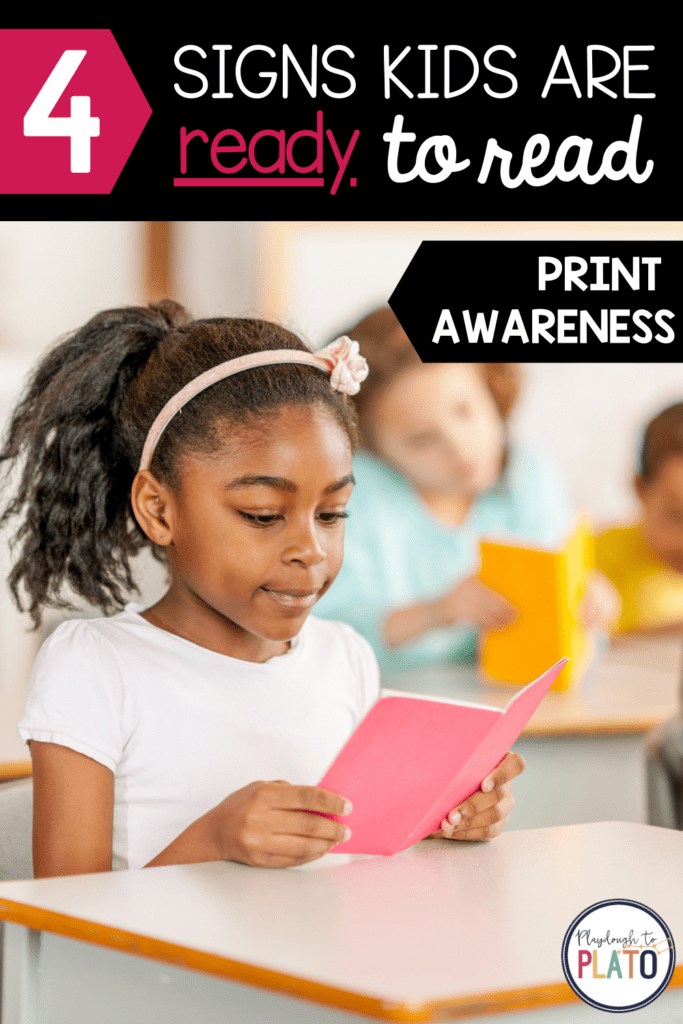
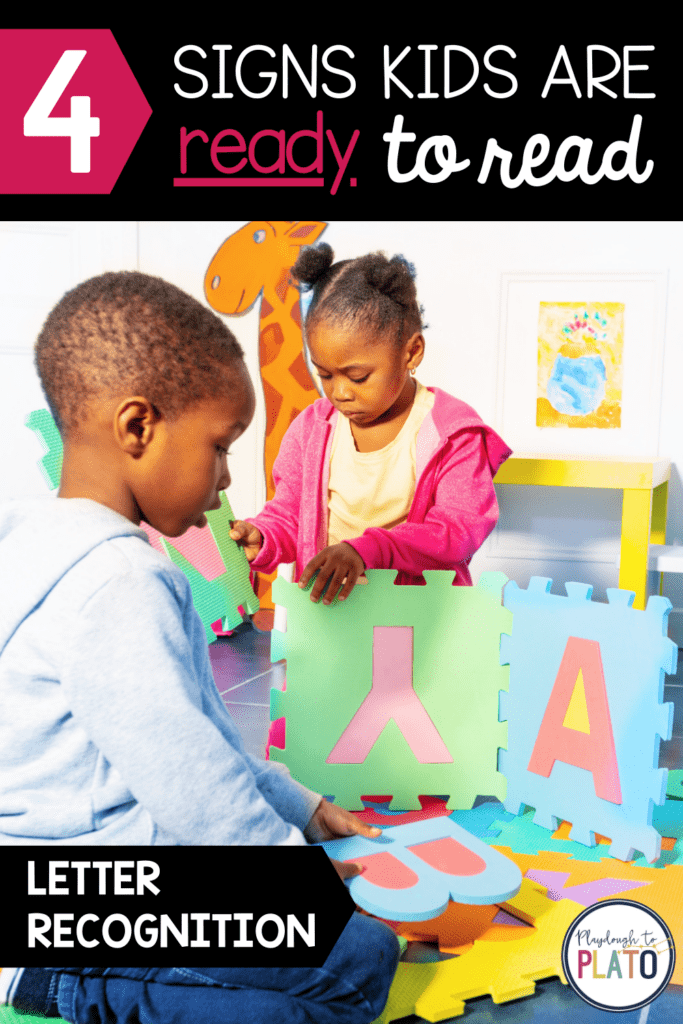
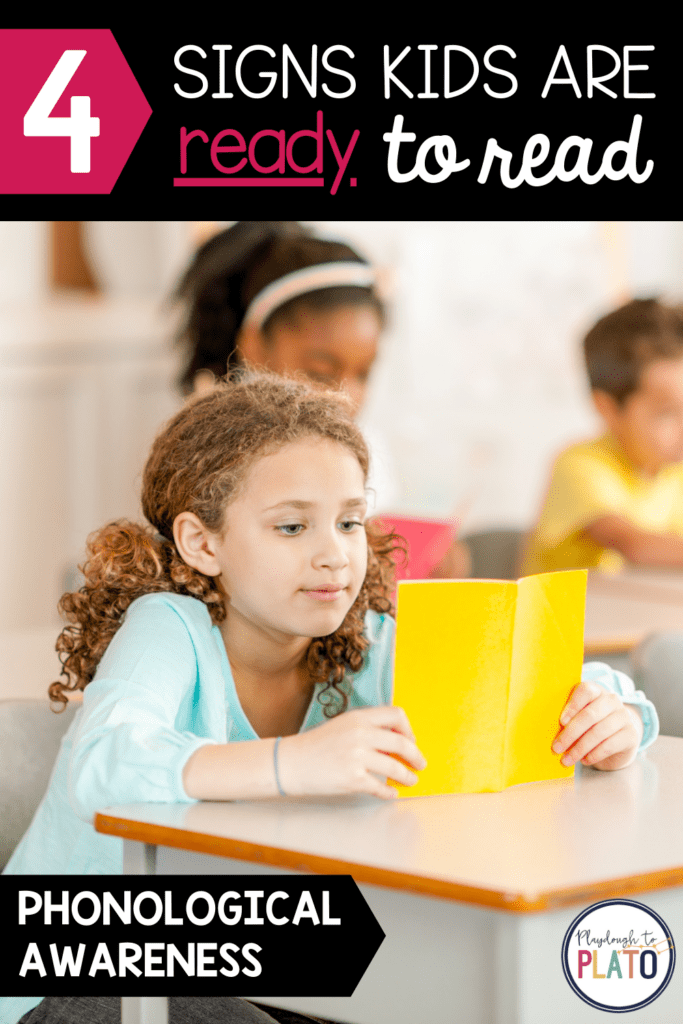

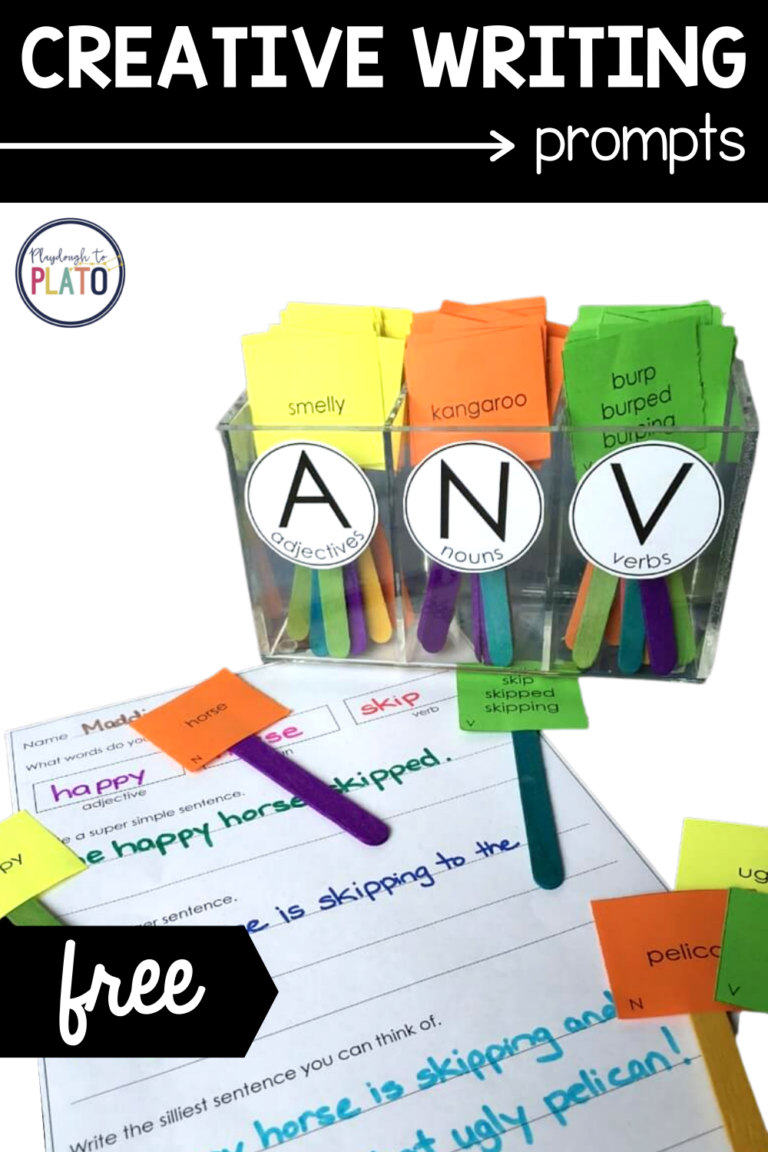
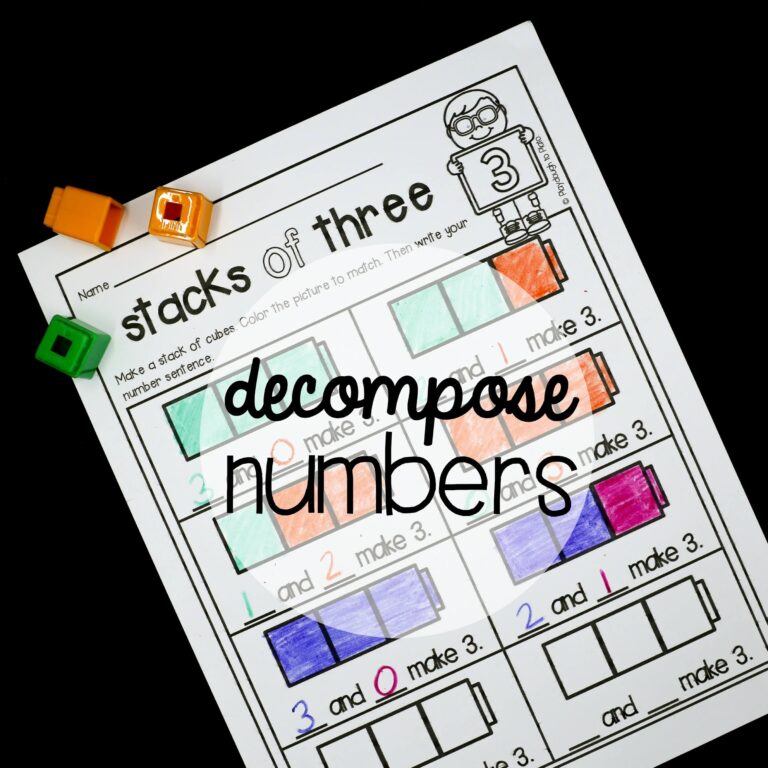
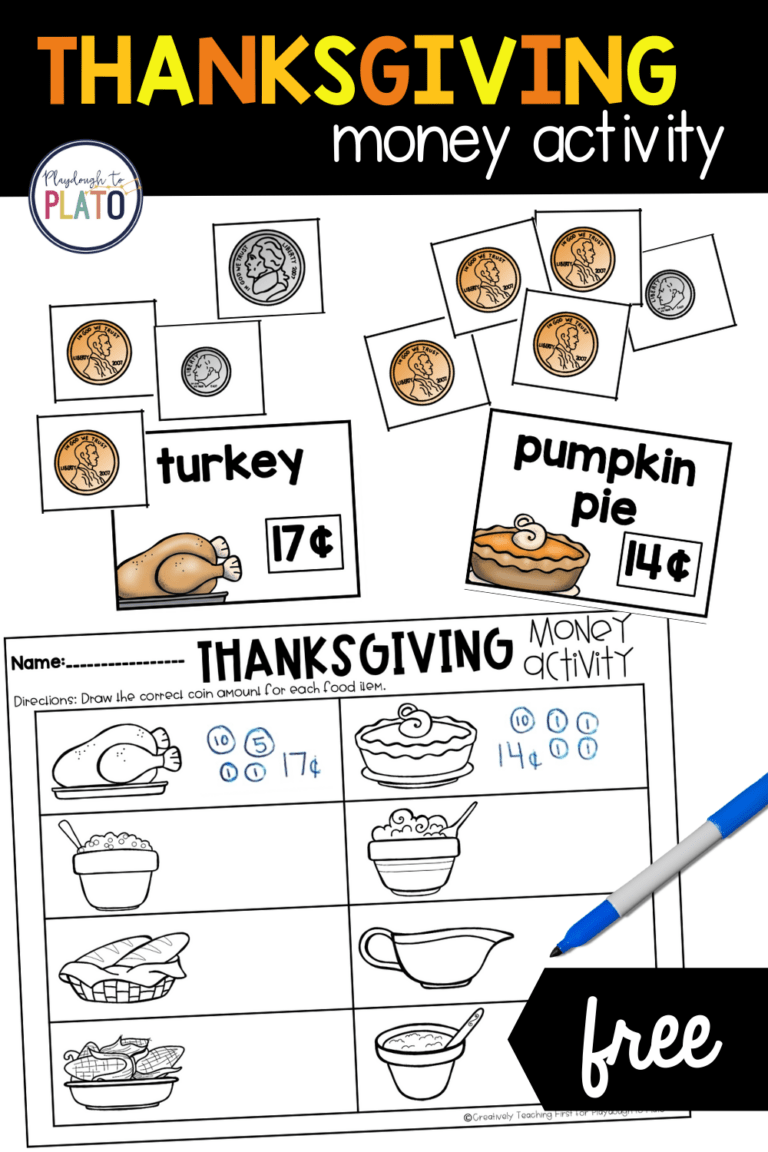
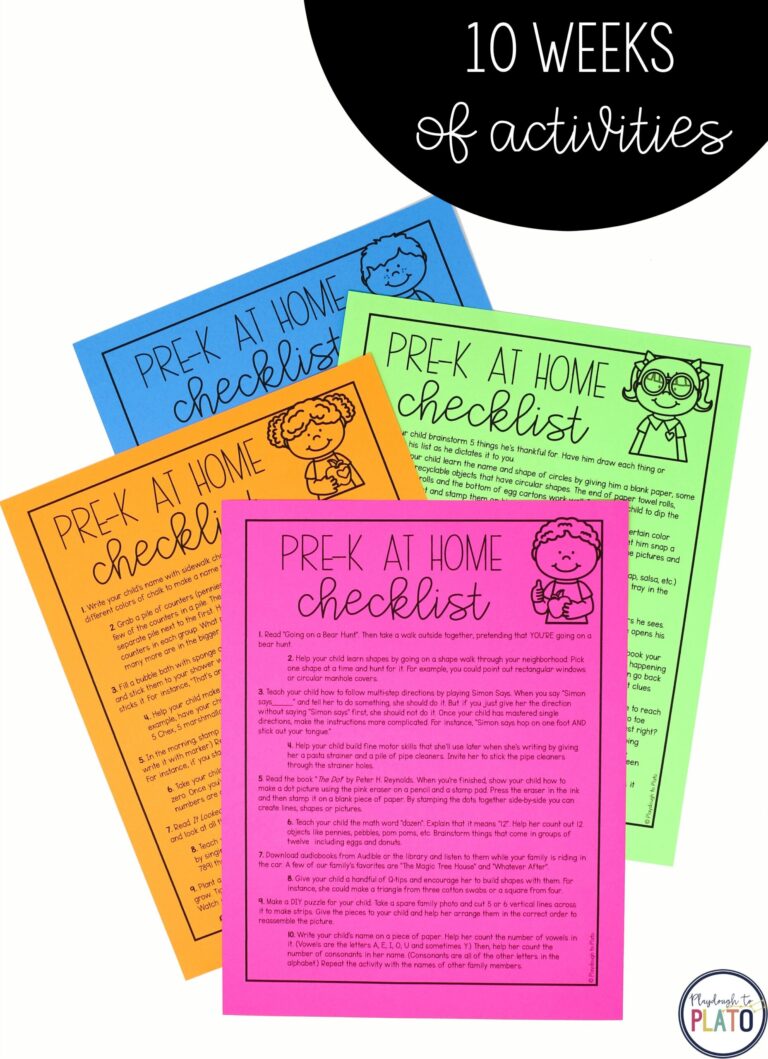
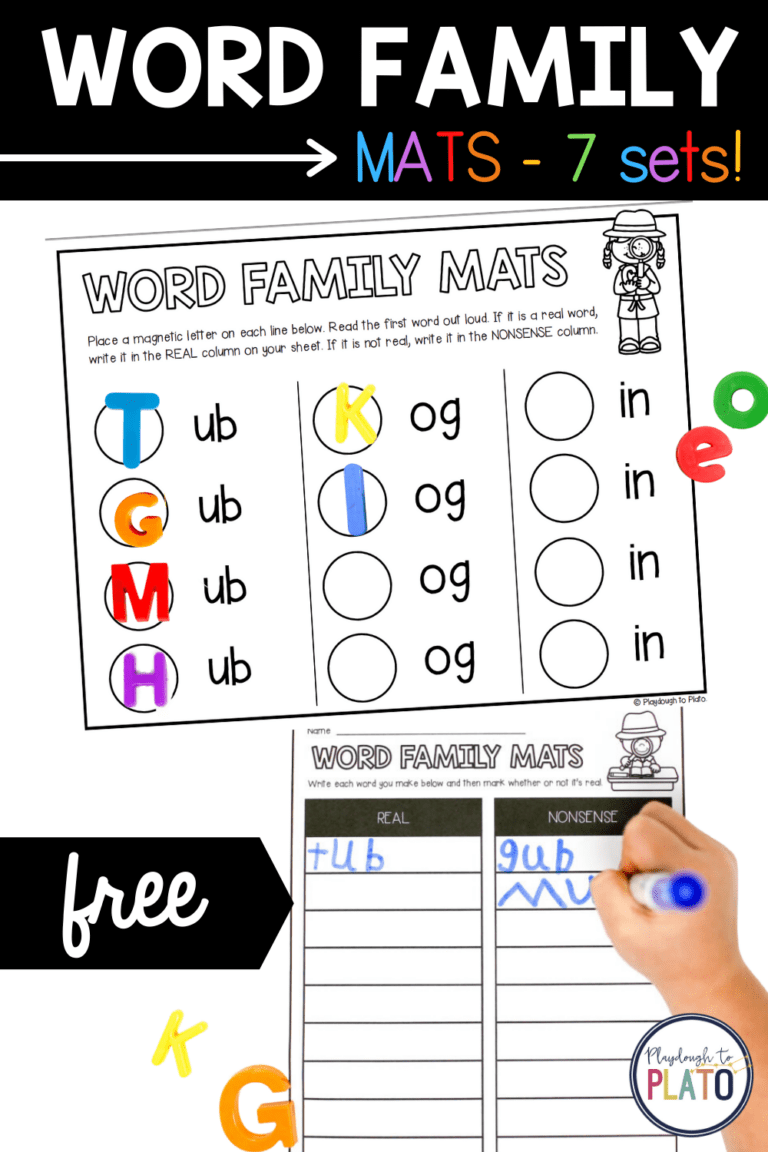
17 Comments